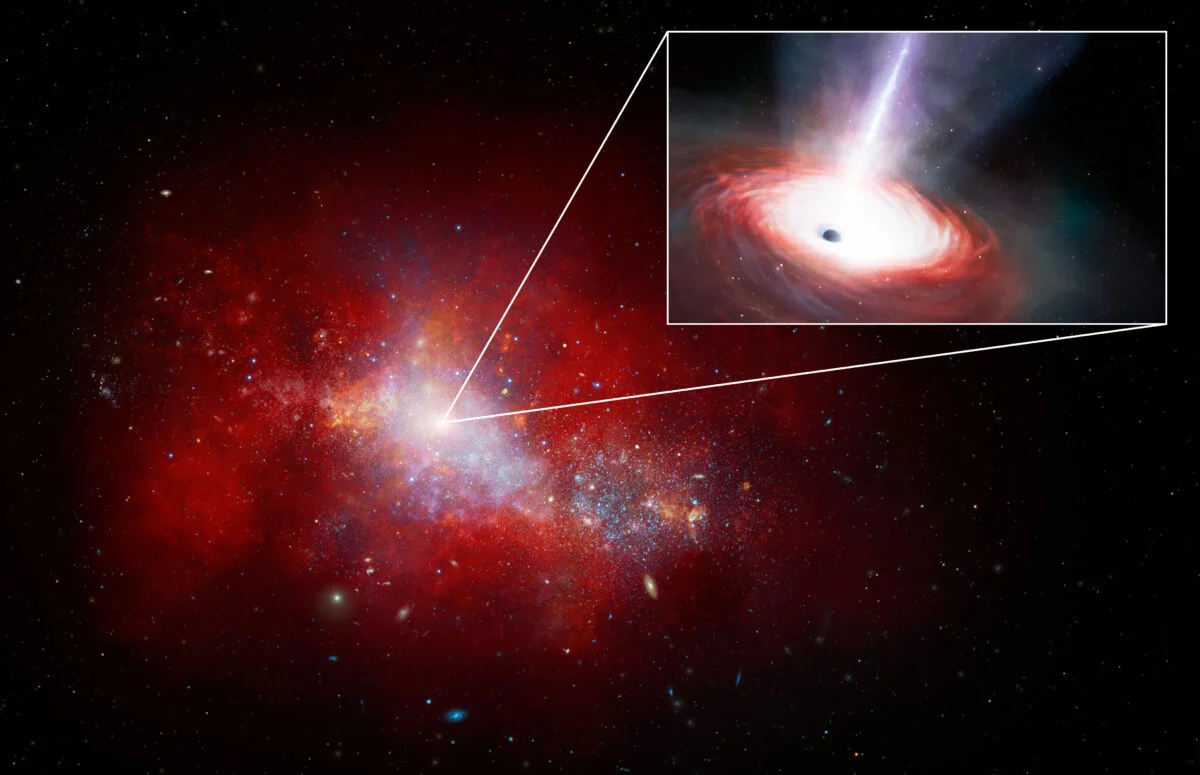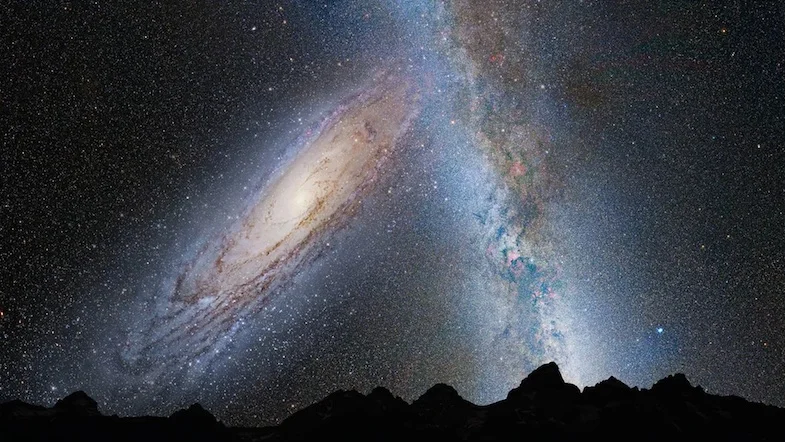
Iron Sulfides May Have Played a Key Role in Life’s Origins in Terrestrial Hot Springs
- Research
- November 5, 2024
- 609
A groundbreaking study by an international team of scientists suggests that iron sulfides in terrestrial hot springs may have catalyzed critical prebiotic chemical reactions, paving the way for the emergence of life on early Earth. Published in Nature Communications, this research highlights the potential role of these minerals in converting gaseous carbon dioxide (CO₂) into organic molecules through nonenzymatic pathways.
The study, led by Dr. Nan Jingbo of the Nanjing Institute of Geology and Paleontology (Chinese Academy of Sciences) alongside researchers from Japan’s National Institute for Materials Science, the University of New South Wales, and others, sheds light on early Earth’s carbon cycles and the mechanisms of chemical evolution in hot spring environments.
Iron Sulfides as Prebiotic Catalysts
Iron sulfides, abundant in early Earth’s hydrothermal systems, are hypothesized to have facilitated chemical reactions essential to the formation of life. They are functionally similar to cofactors in modern enzymes, supporting the theory that nonenzymatic processes could have driven prebiotic organic synthesis.
While most previous studies on iron sulfides have focused on deep-sea hydrothermal vents, terrestrial hot springs offer an alternative environment for life’s origins. These springs provide rich mineral diversity, chemical gradients, and abundant sunlight, making them a promising candidate for the cradle of life.
Experimenting with Iron Sulfides
To investigate their role, the researchers synthesized nanoscale iron sulfides, including pure iron sulfide and variants doped with manganese, nickel, titanium, and cobalt—elements commonly found in hot spring environments.
Their experiments revealed that these iron sulfides could catalyze the hydrogen (H₂)-driven reduction of CO₂ under conditions mimicking terrestrial hot springs (80–120 °C and atmospheric pressure). Using gas chromatography, the team detected methanol as a product of these reactions, confirming the catalytic potential of the sulfides.
Sunlight and Water Vapor Enhance Catalysis
Manganese-doped iron sulfides showed the highest catalytic activity at 120 °C, with the reaction efficiency further enhanced by exposure to UV-visible (300–720 nm) and UV-enhanced (200–600 nm) light. This finding underscores the potential role of sunlight in driving prebiotic reactions.
Additionally, the presence of water vapor increased catalytic activity, supporting the idea that vapor-rich terrestrial hot springs provided ideal conditions for organic synthesis on early Earth.
Mechanisms of CO₂ Reduction
In-situ analyses using diffuse reflectance infrared Fourier transform spectroscopy (DRIFTS) indicated that the H₂-driven reduction of CO₂ likely followed the reverse water-gas shift (RWGS) pathway. In this process, CO₂ is reduced to carbon monoxide (CO), which is then further hydrogenated to form methanol.
Density functional theory (DFT) calculations revealed that manganese doping reduced the reaction’s activation energy and introduced highly efficient electron transfer sites, significantly enhancing the catalytic performance. This electron transfer ability parallels the functionality of enzymes in modern metabolic processes, offering a plausible chemical foundation for prebiotic carbon fixation.
Implications for Life on Earth and Beyond
This study provides compelling evidence that iron sulfides in terrestrial hot springs could have catalyzed the formation of prebiotic organic molecules, offering crucial insights into life’s origins.
“These findings open new avenues for understanding the chemical evolution that preceded life,” the researchers noted. The study also supports ongoing efforts to identify extraterrestrial environments with similar conditions, expanding the search for life beyond Earth.
By bridging the gap between prebiotic chemistry and modern biochemistry, this research brings us closer to unraveling one of humanity’s greatest mysteries: the origin of life.



